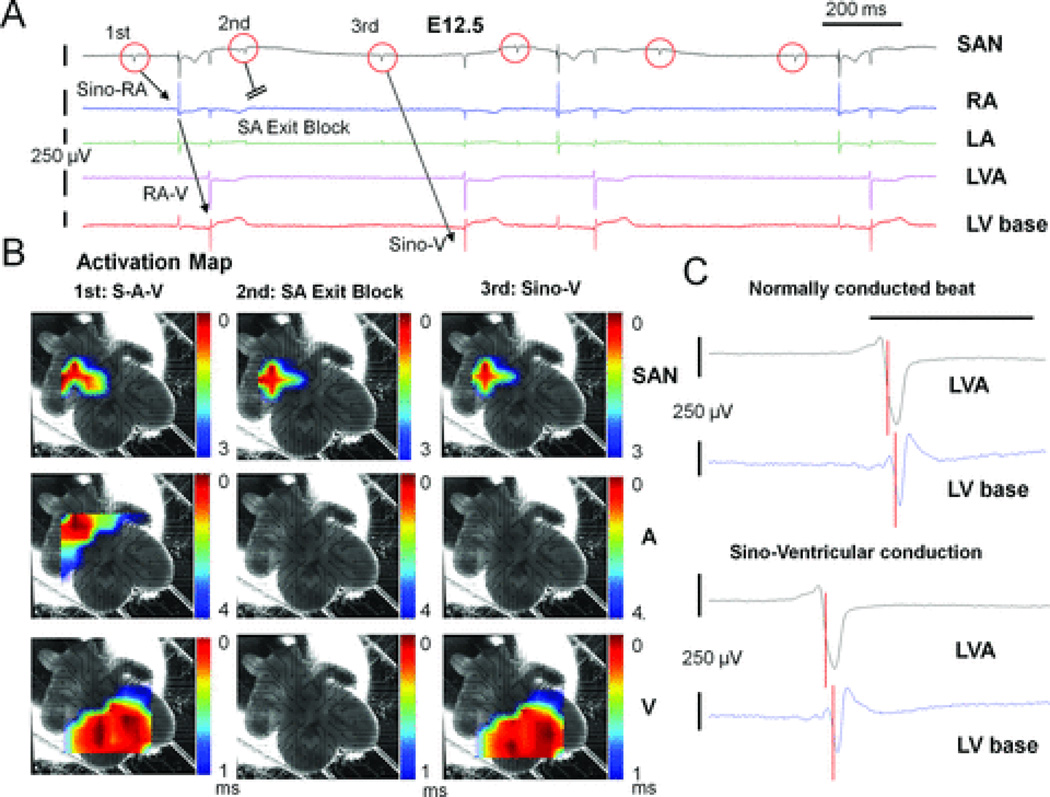Figure 4. TTX revealed a preferential conduction pathway in the RA of E12.5 hearts.
A: Raw MEA tracings of an E12.5 heart after TTX application are shown. TTX led to normal sino-atrial-ventricular activation (S-A-V) sequence (1st beat), complete sinoatrial (SA) exit block (2nd beat), and Sino-V conduction without atrial activation (3rd beat). B: Activation maps of these three beats are shown here to demonstrate that the activation sequence of both ventricles is unchanged during Sino-V conduction. Pre-TTX baseline activation maps of this heart are shown in Fig. 1F. C: The morphologies of ventricular field potentials during Sino-V conduction (3rd beat) at LA apex (LVA) and LV base display no pre-excitation and are unchanged from a normally conducted beat (1st beat). The local activation time (LAT) at each location is labeled with a red vertical bar. The LV apex is activated earlier than LV base in both cases.

